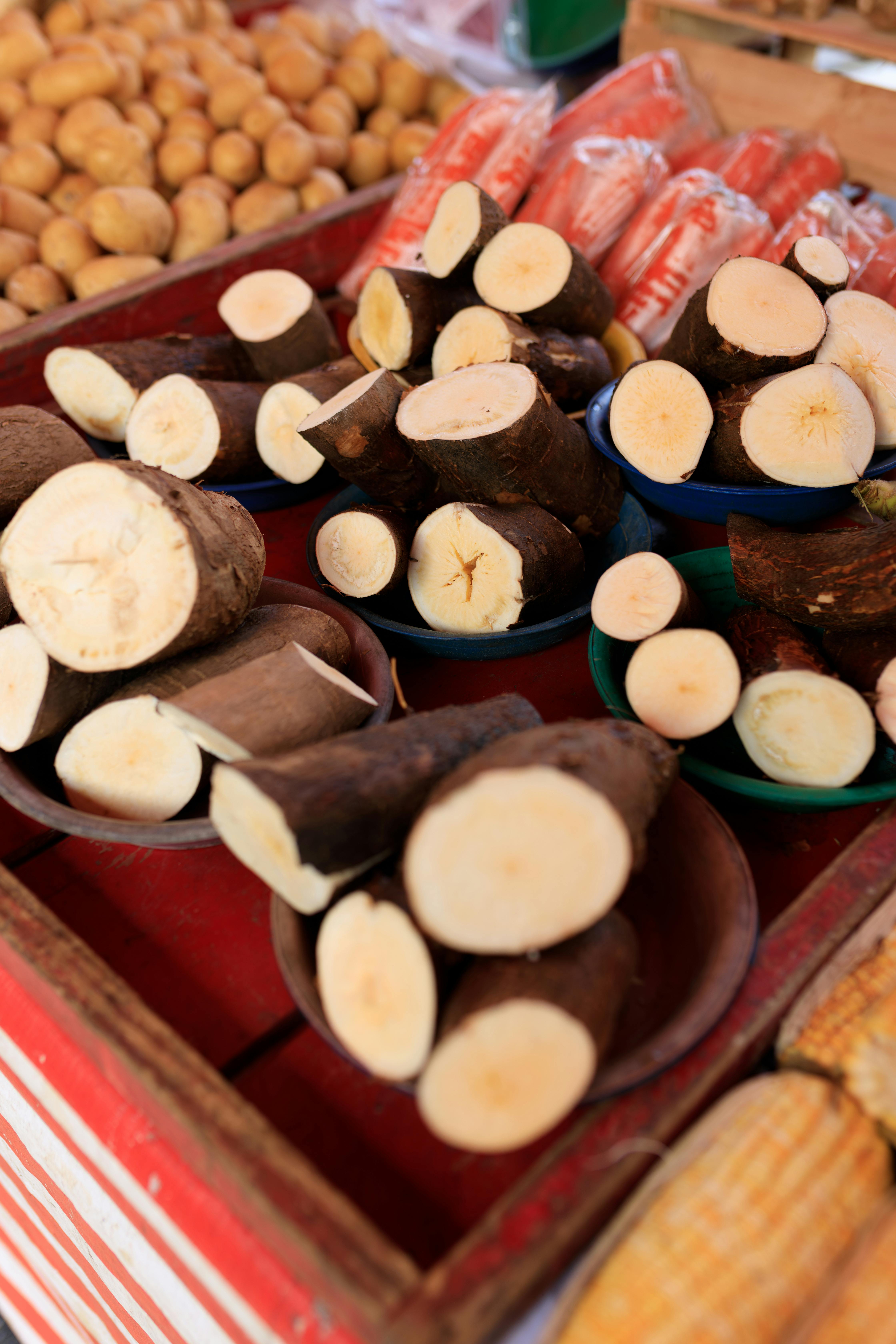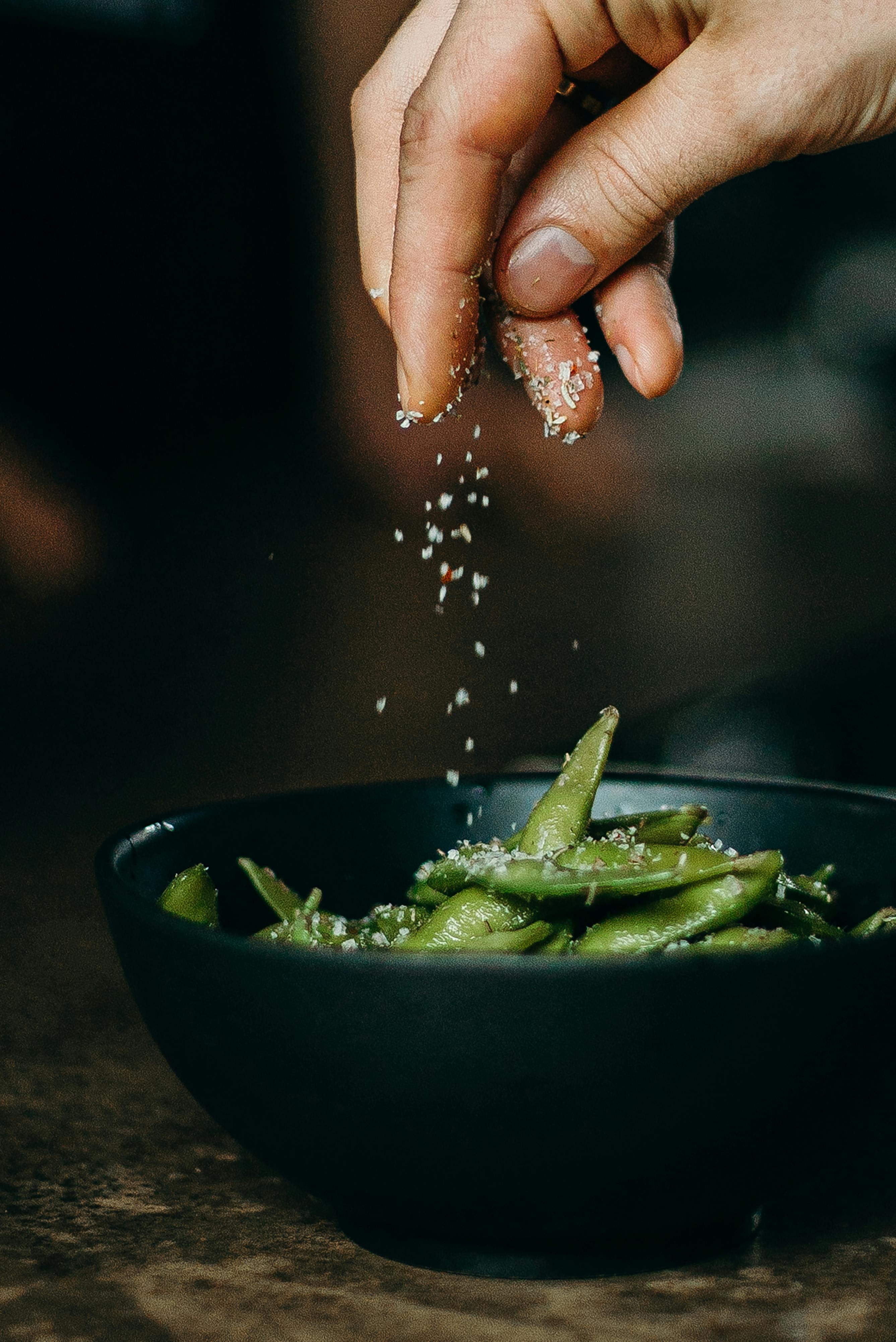Smart Ways to Optimize a Dog's Bland Diet for Better Health in 2025

Apply Now



Smart Ways to Optimize a Dog's Bland Diet for Better Health in 2025
Understanding the Importance of a Bland Diet for Dogs
A bland diet is often recommended for dogs experiencing gastrointestinal distress, such as diarrhea or vomiting. This type of diet aims to soothe the digestive tract and facilitate recovery. By providing easily digestible foods, you not only help alleviate discomfort but also support your pet’s overall health. Dogs suffering from various digestive issues can benefit greatly from bland diets, which typically consist of specific ingredients such as boiled chicken and plain rice. Understanding the benefits of a bland diet for dogs can help ensure a smoother transition back to a regular diet. Commonly known bland food options, like chicken and rice for dogs, are gentle on the stomach and provide necessary nutrients. In fact, many veterinarians recommend this approach as part of a holistic recovery plan for canine gastrointestinal issues. Furthermore, maintaining a balanced approach to your dog's nutrition means considering any dietary restrictions or allergies they may have. Recognizing these factors is crucial for ensuring that your dog's recovery is both safe and effective. Transitioning back to their regular diet follows once your dog shows signs of improvement, typically within a few days. It’s essential to monitor your dog’s health during this time, looking out for any adverse reactions. The key takeaways to keep in mind include understanding your dog's specific health needs, identifying trustworthy ingredients, and being attentive to how they respond to meals during this period.Best Practices for Implementing a Bland Diet
When opting for a bland diet for dogs, it’s vital to understand some best practices. Start with simple, low-fat ingredients that are easy to digest. Common components include boiled chicken (boneless and skinless) and plain white rice. Make sure to prepare these foods without any seasoning or additives, as they can cause further digestive upset. To create a homemade dog bland diet, follow these steps: 1. Start with unseasoned, boiled chicken, cutting it into small, manageable pieces. 2. Cook plain white rice according to package instructions. 3. Combine the two ingredients in a balanced proportion, ensuring your dog can easily eat what is offered. In addition to basic recipes, consider introducing bland treats for dogs, especially during recovery. These simple snacks can help stimulate your dog's appetite while ensuring they remain gentle on the stomach. Examples include pure pumpkin puree (not pie filling) or cottage cheese. Consult with your veterinarian for personalized recommendations, especially if your dog has ongoing health concerns. They can provide guidance on the optimal duration for maintaining a bland diet and transition back to regular meals safely.Transition Strategies for Dogs on a Bland Diet
Transitioning your dog into a bland diet requires careful management and observation. Begin by introducing small amounts of bland food gradually. This is crucial for dogs experience digestive issues, allowing their systems time to adjust. Firstly, while transitioning to a bland diet, assess the portion control vital for maintaining a healthy weight. Monitoring how much your dog consumes and adjusting accordingly can prevent overeating or additional stomach upset. Ensure you’re dividing meals into smaller portions distributed throughout the day. When reintroducing regular dog food, do it gradually. Start by mixing a small portion of their regular food into the bland diet over a span of several days. Monitor your dog's response and adjust the proportions based on their tolerance levels. Aim for an overall transition period of at least a week. Furthermore, keep an eye on any signs of gastrointestinal distress, such as diarrhea or vomiting, which may indicate that your dog is struggling with the transition. If problems persist, it’s advisable to consult with your veterinarian to re-evaluate your approach and possibly revert to the bland diet temporarily.Common Mistakes to Avoid with Bland Diets
Transitioning your dog to a bland diet comes with challenges and potential pitfalls. Avoid these mistakes for a successful experience and optimal health benefits: - **Inadequate Monitoring**: Failing to monitor your dog’s reaction to the bland diet can hinder recovery. Observe their behavior and symptoms closely. - **Skipping Gradual Introduction**: Making abrupt dietary changes can lead to further digestive issues. Gradually introduce bland meals to allow your dog’s system to adjust. - **Neglecting Portion Control**: Overfeeding your dog, even with bland food, can exacerbate digestive problems. Stick to small portions to maintain digestive comfort. - **Ignoring Dietary Restrictions**: Ensure your bland diet choices align with any specific dietary restrictions. Ingredients like chicken might not be suitable for all dogs, especially those with allergies. Additionally, providing bland treats without understanding your dog’s dietary restrictions can lead to complications and discomfort. Always consult with a veterinary professional before making significant changes to your dog's diet, as they can guide you in tailoring the diet to your dog's specific needs.Benefits of a Homemade Dog Bland Diet
Creating a homemade dog bland diet not only provides wholesome nutrition but also allows you to tailor ingredients that suit your dog's preferences and dietary needs. Homemade diets can be beneficial in various ways, such as controlling the quality of ingredients and ensuring palatability. Consider some benefits of a homemade bland diet: - **Quality Control**: You’re in charge of ingredient sourcing, ensuring fresh, high-quality food. Avoid potential allergens or unwanted additives found in commercial dog food. - **Customizability**: Every dog is unique, and a homemade bland diet enables you to adjust ingredients according to your dog's tastes or restrictions. - **Stronger Bonds**: Preparing meals for your dog can strengthen your relationship, providing bonding opportunities during mealtime. When preparing homemade dog food, remember to follow safe cooking practices. Avoid toxic ingredients like onions, garlic, and certain seasonings. Understanding dog food safety principles is essential to prevent any health complications. Keep in mind too that while homemade diets can be healthier, consulting your vet about nutritional adequacy is crucial. They may suggest incorporating dietary supplements to ensure a balanced nutritional profile.Monitoring Your Dog’s Health on a Bland Diet
Key Indicators of Success
Monitoring your dog's health while on a bland diet is crucial for determining the effectiveness of your feeding strategies. Key indicators of success include observing improvements in digestive issues, energy levels, and overall behavior. Signs to watch for include: - **Improved Digestion**: Monitor bowel movements and other gastrointestinal symptoms. Healthier stools should be firm and well-formed. - **Increased Energy**: If your dog appears more energetic and engaged, this signals a positive dietary response. - **Overall Comfort**: Signs of discomfort, like bloating or restlessness, should diminish as the bland diet supports their digestive recovery. If positive changes are noted, you can gradually and cautiously transition back to their regular diet. However, if symptoms persist or worsen, it’s essential to consult a veterinarian for further evaluation.Understanding Your Dog’s Dietary Needs
Each dog is different, and their dietary needs can vary based on factors such as age, breed, and overall health. It’s essential to understand your dog’s unique requirements to ensure they thrive on a bland diet or any long-term dietary changes. Nutrition for older dogs, for instance, differs significantly from that of younger, more active dogs. Tailoring the bland diet according to age can contribute positively to health outcomes. Anticipate modifications in caloric density and serving size depending on their energy needs. Close monitoring of your dog's hydration levels is also vital. Digestive health can heavily depend on maintaining proper hydration, especially for those on a bland diet. Ensure fresh water is always available and encourage drinking to keep hydration levels in check. Additionally, consider incorporating dog dietary supplements, especially if your dog has specific health needs or is recovering from a medical condition. Supplements can work alongside the bland diet to provide added nutritional support necessary for recovery.Transitioning Back to Regular Dog Food
Once your dog continues on a bland diet successfully and shows improvement, it’s time to transition back to regular dog food carefully. This process should be gradual to avoid upsetting your dog's digestive system again. Start by mixing a small portion of the regular dog food into the bland diet. Increase the amount of regular food gradually while decreasing the bland food over the course of about a week. Observing your dog's reactions during this period is essential. Additionally, remain vigilant for signs of digestive upset as you transition back to regular food. If any symptoms arise, revert to the bland diet and consult your veterinarian for further guidance. This method ensures a smoother transition without compromising your dog's health.
Adapting to Specific Dietary Restrictions
Addressing Common Dietary Problems
Understanding common dog dietary problems will inform your approach to a bland diet. Many dogs face challenges related to allergies, sensitivities, or other health conditions that require specific dietary considerations. Identifying dog food allergies is essential for tailoring their bland diet. Some common allergens include beef, dairy, and certain grains. Working with your veterinarian can help pinpoint allergens through dietary trials or allergy testing. In addition to allergies, some dogs may have sensitivities to certain ingredients, which can impact overall digestive health. Transition to a limited ingredient diet if your dog has known sensitivities. This process may involve rotating foods to determine which ingredients work best for them. Special case diets, such as hypoallergenic dog diets, may be necessary for certain breeds or confirmed allergies. Consulting your veterinarian for genetic predispositions to certain issues can provide insight into the dietary adjustments needed for optimal health.Utilizing Probiotics for Gut Health
Probiotics can play an important role in improving your dog's digestive health, especially during shifts to a bland diet. These beneficial bacteria support gut flora and function, helping to alleviate symptoms of upset stomach and promote a healthy digestive environment. Integrating probiotics into your dog’s diet can aid in restoring gut health after periods of gastrointestinal distress. Many veterinary practices recommend specific probiotic strains tailored for canine use. Ensure you select reputable brands that offer formulations designed for dogs to achieve the best results. Incorporate probiotics gradually during the transition from a bland diet to ensure they complement your dog’s recovery. Always follow the veterinary instructions regarding dosages and frequency for optimal effectiveness.Long-Term Diet Planning for Optimal Health
Planning a long-term dietary strategy for your dog means considering both immediate needs and future health developments. It involves recognizing the changing nature of your dog's health as they age, adjusting their diet accordingly, and being mindful of specific health trends. Work with your veterinarian periodically to assess your dog's health and adapt their diet as necessary. A well-rounded and diversified diet is essential for boosting their overall wellbeing, energy levels, and longevity. Additional components like healthy treats, varied proteins, and proper nutrient supplementation can provide further benefits. Consider including homemade options, such as chicken soup for dogs or other easy-to-digest meals, to add variety and keep mealtime exciting while still focusing on health.
Conclusion: Embracing a Healthier Diet for Your Dog
A thoughtful approach to optimizing a dog’s bland diet can significantly improve their health and wellbeing. By recognizing indicators of digestive health and the importance of gradual transitions, you can help ensure a smoother journey toward recovery. Monitor your dog closely as they adjust to dietary changes, observing their energy levels, comfort, and body reactions. Structured planning and veterinarian consultations provide pathways to a tailored, safe, and nourishing eating routine. Ultimately, prioritizing your dog's health through nutrition leads to a happier, healthier life for your furry friend. By continuing to educate yourself on dog health and nutrition, you can adapt your approach to dietary management while providing the best possible care for your dog as their needs evolve over time.